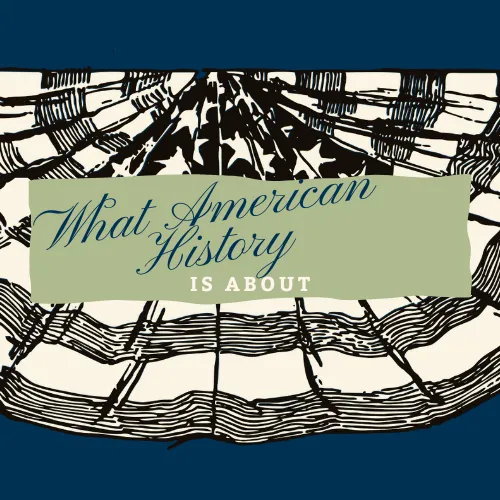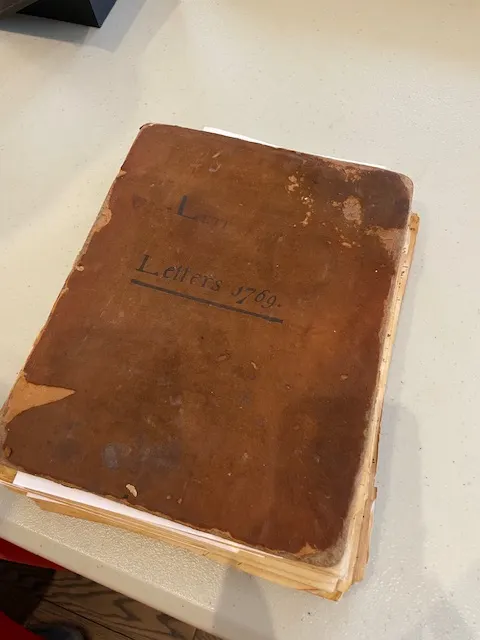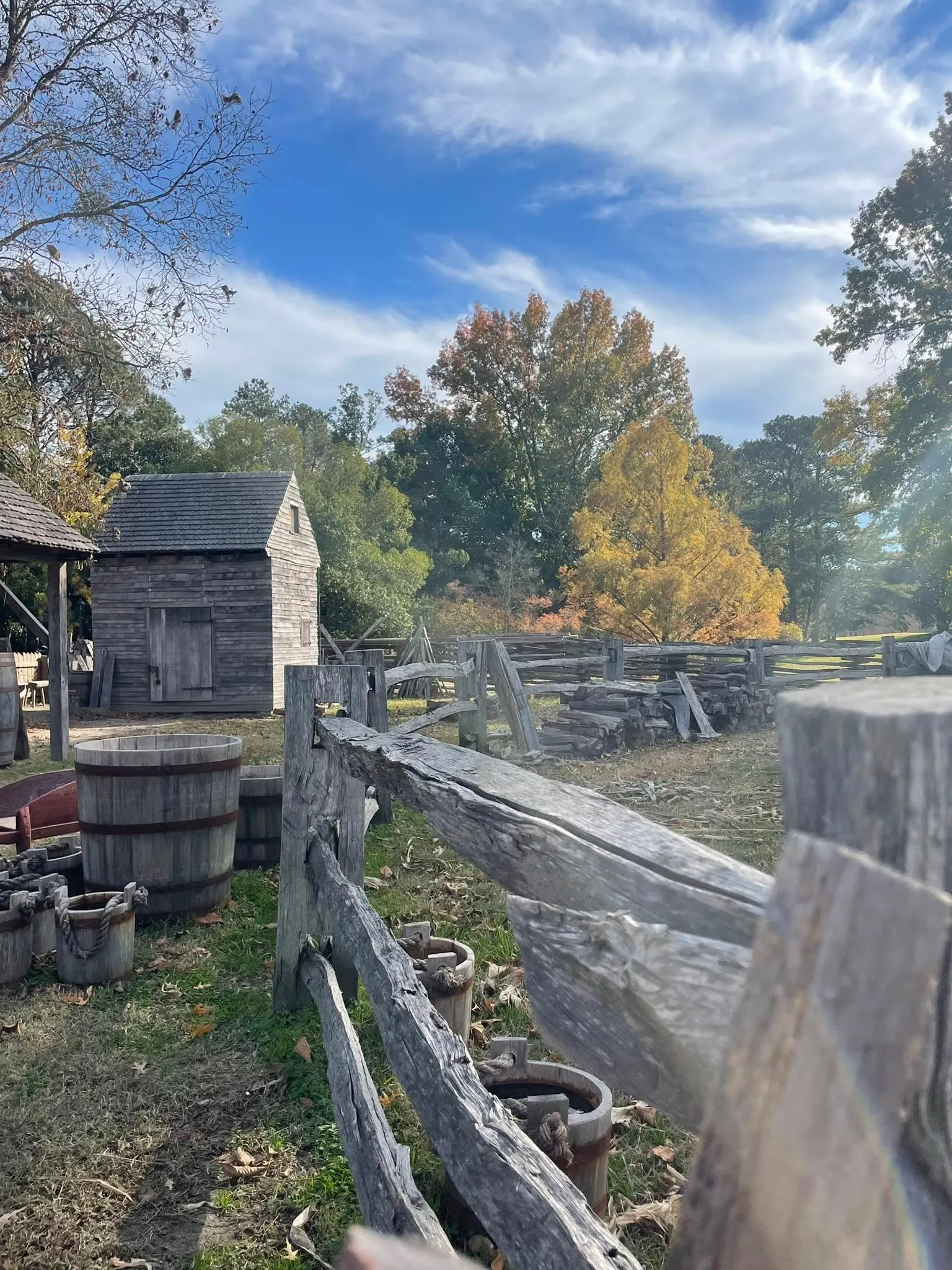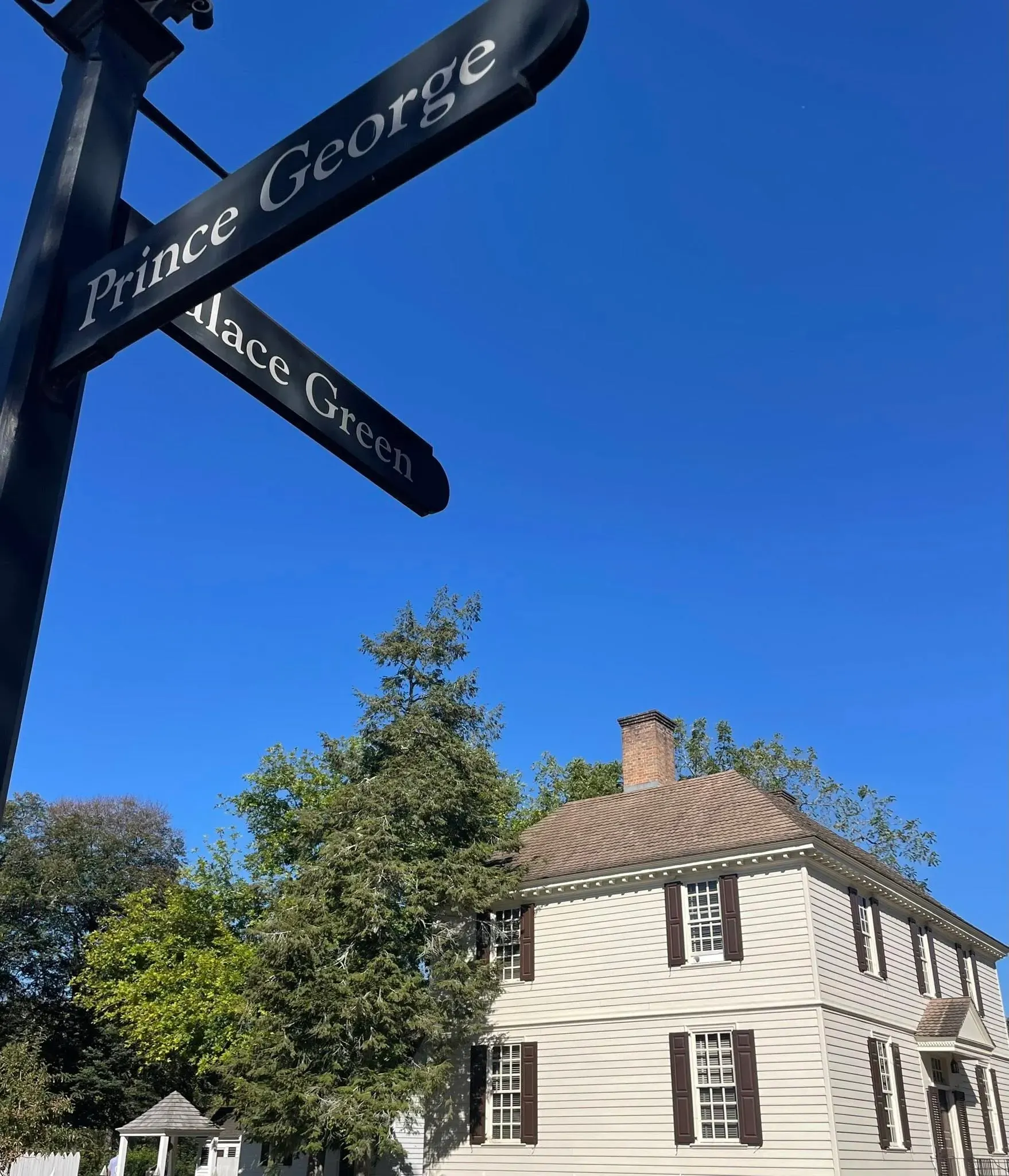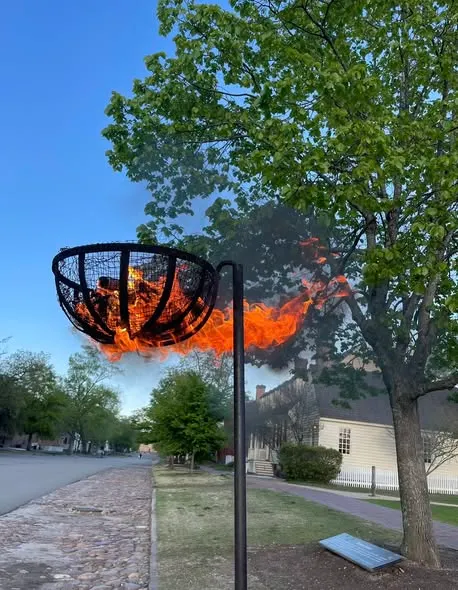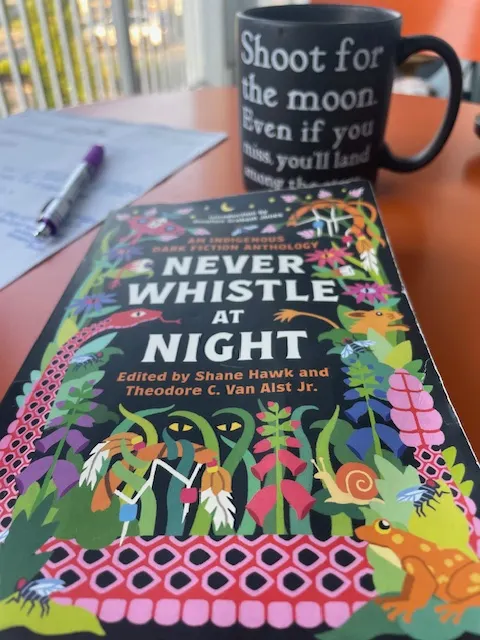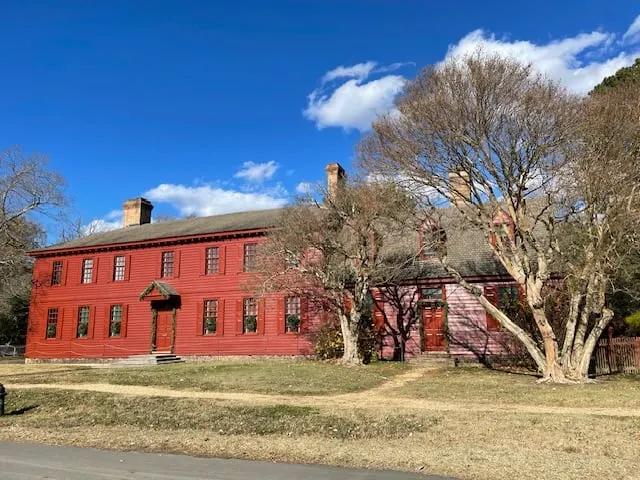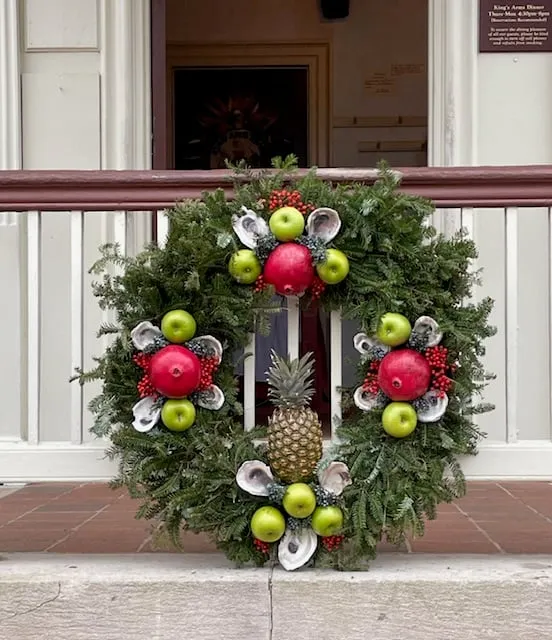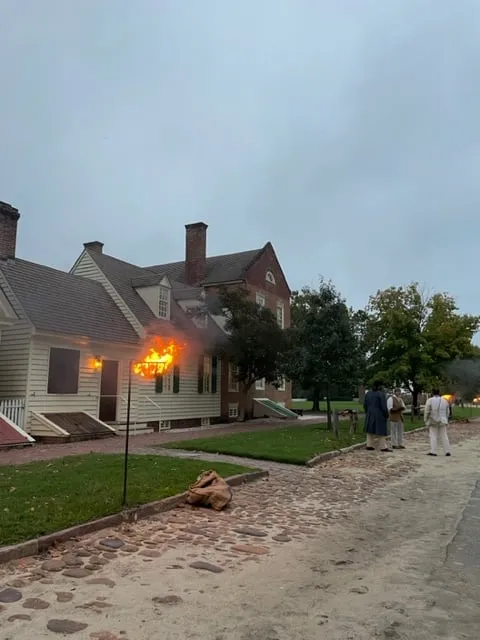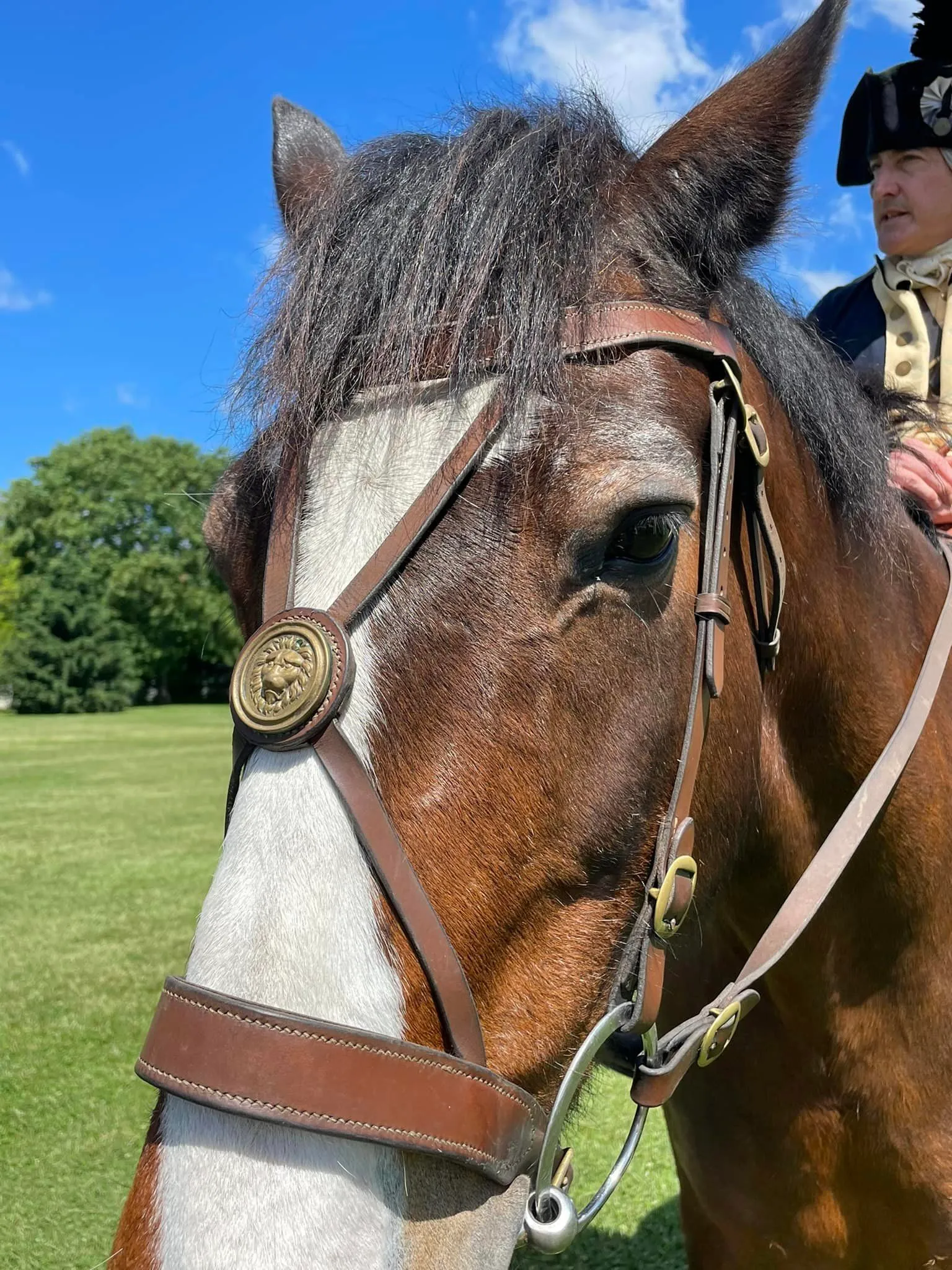A Turning Point in Appomattox: The Surrender Agreement Between Grant and Lee on April 9, 1865
Learning the importance of April 9th (and 10th!)
I've been clear about my Mission Statement for this blog and making note of April 9th and April 10th to our shared American history fits right into it. The mission of this blog is to 'create joy and understanding through the people, places, art, objects, and their stories that embody our American history.'
Not all of our history is joyful. But understanding it can bring joy- or at least some level of satisfaction. I hope this blog is a resource for you to achieve both.
Undeniably, the United States Civil War is one of the less joyful, and incredibly dark, moments in our history. But as I've learned over my 50+ years on this planet, there's a lot of gray, including some rays of sunshine, throughout all "moments" in time.
On April 9, 1865, Ulysses S. Grant wrote a letter to Robert E. Lee outlining the terms of surrender at Appomattox Courthouse Village's McClean House in Virginia. And on April 10th, Lee wrote his final orders to his troops: General Orders Number 9.
And I saw both (yes, the originals) in the collection at Stratford Hall, where Lee was born, although not a direct descendent of the Lees of Stratford. In fact, he only lived there the first few years of his life. However, the association is vital to how I learned about April 9 and 10, 1865 through primary source, rare documents.
All thanks to Dr. Gordon Blaine Steffey, Vice President of Research and Collections Director of the Jessie Ball duPont Memorial Library
RELATED POSTS:
Click here to read my post that gives context to both documents and others I saw when meeting with Dr. Steffey. It also hits on the Lee family tree a bit.
Click here to read the details about creating my Mission Statement.
Necessary disclaimer: As a blogger, I use affiliate links sometimes! I may receive commission from purchases I share; it does not change your price but sometimes you might get a discount.
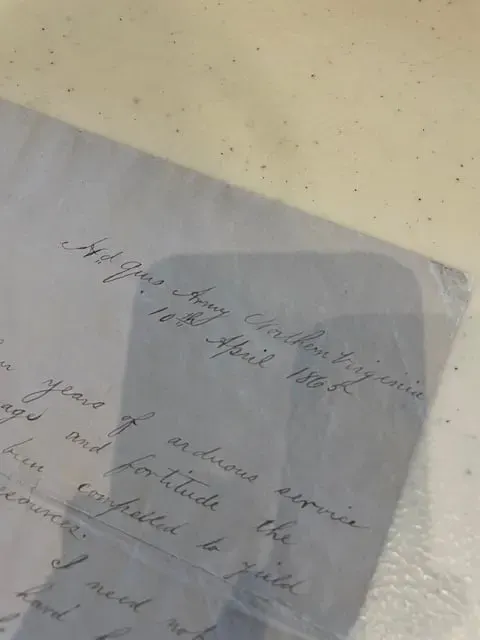
Lee's actual General Orders Number 9, dated April 10, 1865
I'm not going into the details of the documents in this article.
Nope, I'm giving my take on the importance of pausing to learn about them.
Also- my passion for the need to dive deeper, embracing the gray, confronting the darkness, and finding the rays of sunshine.
Instead, I'm owning a specific aspect of my mission- the "people" bit.
When I saw both of these documents, as well as daguerreotypes of Robert E. Lee with his son and one of his wife, my mission, the grayness of history- it lifted me.
My mind whirred and whirled, thinking about the human-ness and the complexity of not only the Lees, but of Grant of course. And of the soldiers on both sides, and my memory of reading Elizabeth Keckley's memoir: Behind the Scenes; Or Thirty Years a Slave, and Four Years in the White House.
Think about the people living in America April 9 and 10, 1865.
How did the words, as well as the mere existence of these two documents, both "feel" and impact the lives of Americans in 1865 and beyond.
There's the obvious bullet points: the North won, the South lost. The enslaved became "free" and families moved on into a new United States, licking their wounds or celebrating their glory.
If you've been reading this blog, you know that's too "one-and-done" for me.
RELATED: Click here to be directed to Grant's terms on Stratford Hall's digital archives.
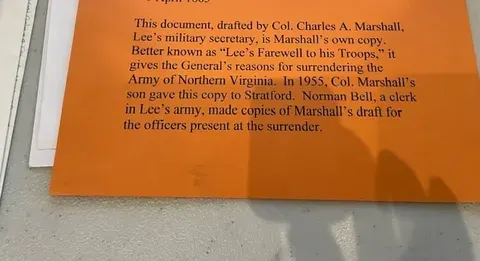
Background of General Orders Number 9 at Stratford Hall
The impact on a few Americans in 1865.
The Generals.
U.S. Grant.
After the war, Ulysses S. Grant accepted the Republican nomination for President. He was elected in November of 1868 and served two terms, through 1875. Though he had won his second term overwhelmingly, he decided not to run for a third term.
After doing a "world tour" with his wife, he returned to the United States to settle in New York. Later, he was diagnosed with throat cancer and is buried in Grant's Tomb in New York City.
Grant's Civil War memoirs were published after his death, as he died days after finishing them in July of 1885. It's amazing to think how important it must've been for him to ensure they were recorded, as sick as he was whilst writing them.
Click here to open a new tab and view the timeline of Grant's life on our National Park Service's website.
Robert E. Lee
After pledging allegiance to the United States of America, Robert E. Lee moved on from politics and the military. He went into higher education, putting the past firmly behind him.
Lee's wife's home of Arlington was no longer available for them to return to. (More on Mary later.) After the surrender, he rejoined his family and accepted a post as President of Washington College, named after his wife's great-step-grandfather, the late George Washington.
Robert E. Lee, Mary, their children, and Robert's parents are now buried at the chapel of what's now known as Washington and Lee University in Lexington, Virginia. He died in 1870, she three years later. Also buried outside the chapel on the grounds is Lee's horse Traveller.
Click here to open a new tab and view Lee's timeline on our National Park Service's website.

Grant's letter outlining the terms of surrender, Stratford Hall
Names you may not know, but who were heavily impacted by the events of April 9, 1865.
Samuel P. Lee
My initial visits to Stratford Hall and my primary passion for it comes from what I call "the Revolutionary Lees."
Grandson of Richard Henry Lee who was born and raised at Stratford Hall, Samuel fought his third cousin... he actually chose to join the Union Army. It's not surprising. Many families were split when it came 'North vs. South.'
Virginia was later to secede and Lees throughout had to make a decision. While Robert chose to be a part of the side that wouldn't invade his home state, Samuel made the opposite choice. You can read more about his career supporting and leading Union forces here.
While I was at the Jessie duPont Memorial Library, Dr. Steffey showed me Samuel's letter regarding contraband and report details required by the U.S. Navy. It was written in 1863 on the letterhead of the U.S. Flag Ship Minnesota, near Newport News, Virginia.
RELATED: Click here for my post sharing information on the Revolutionary Lees and my first visit to Stratford Hall.
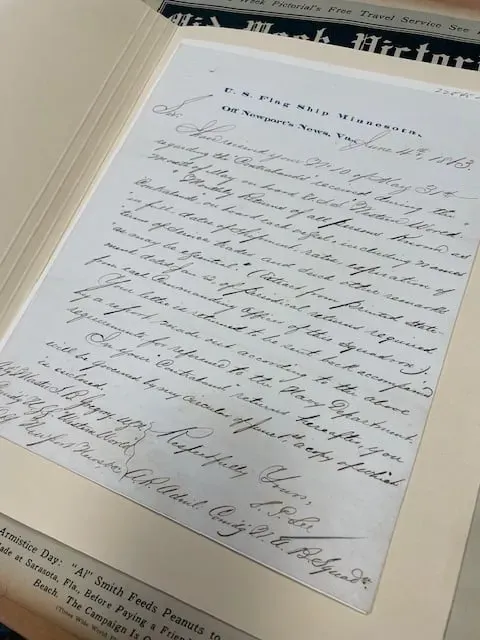
Samuel P. Lee's 1863 letter, Stratford Hall
Elizabeth Keckley
A woman who was enslaved and built her talent into a business creating the respect and admiration of many, Elizabeth Keckley was able to buy her freedom.
And she did something amazing as a free black woman who lived in the White House with the Lincolns: she wrote her memories and experiences down. One of the most amazing books I've ever read was her memoir Behind the Scenes: Or Thirty Years a Slave, and Four Years in the White House.
This book is all in her own words; something unique for a 19th century freed black woman to have created.
Not only does it offer her story prior to purchasing her freedom, it dives into private conversations- including that with Jefferson Davis and his wife (who actually wanted Elizabeth, while free, to follow them south). And it does not shy away from the darkness of her enslaved years.
As for April of 1865?
Elizabeth was dressmaker to many of the political wives in Washington D.C. In fact, she was Mary Todd Lincoln's dressmaker and privy to life during and after the Civil War. She describes touring Richmond with the Lincolns in the aftermath of battle, as well as her concerns for the newly freed who descended on the steps of the White House, quite literally, full of hope, confusion, and questions.
Keckley brings a whole new set of thought-provoking ideas to an already complex era in our American history.
RELATED: Click here to buy Elizabeth Keckley's book.
Mary Anna Randolph Custis Lee
As you may have put together by now, Mary was a Custis. She descended from Martha Dandridge Custis Washington through her father, Martha's grandson "Washy."
Washy was raised by Martha and second husband George, following the death of his father, Jack. After Jack became ill subsequent to the Yorktown Campaign, two of his children lived at Mt. Vernon with their grandparents. Washy's full name: George Washington Parke Custis.
Mary's inheritance included the house at Arlington, which now overlooks Arlington National Cemetery. A Virginian who was devout to the United States of America her family so valiantly served, it's hard to fully know the complexity of her feelings before, during, and after the Civil War.
But there are some letters. And this one tugged at my heartstrings:
Mary Anna Randolph Custis Lee to Unknown, 12 October ~1866
Lexington October 12th [c.1866]
I have been hoping every day my dear friend to hear again from my cousin Miss Williams concerning my dear house & know if there was any hope of recovering those things which have been abstracted by the different officers stationed at Arlington who I should suppose would be glad to deliver them up to me to whom alone they are of inestimatable value I especially refer to my books which I hear were packed up & carried away by Lt Master Ingalls, all my house linens many articles from Mt Vernon are said to have been taken Mjr Genl Banks. I knew nothing of the facts of the case but only that these things are gone If you think there is any hope of recovering them I can send you a list
(letter continues)
It's not a surprise to me that the Lees moved to the Shenandoah Valley and took the opportunity to move forward in a new chapter, where they could leave the war and their own darkest moments behind.
Click here to read Mary's letter in full, on Stratford Hall's website.

Mary Anna Randolph Custis Lee daguerreotype, Stratford Hall
Making history accessible: tips for diving deeper into April 9th and 10th of 1865.
Visits will continue to make, and recommend highly:
- Special collections- yes, you can see rare documents.
- Museums
- Battlefields
- Historical sites
...often the above are combined into one place!
Tips:
- Use the Explore Here app to find historical markers specific to the people who lived during the Civil War era. Download through this link.
- Purchase History Unboxed's Civil War box here. (or go further and set up an American History subscription for the kids in your life by clicking here!)
For me, I'll be calling my dad to wish him a Happy Birthday on April 10th, blessed that at this moment in history, he's around for me to do so.
Closing words from history
Ulysses S. Grant's April 9, 1865 letter to Robert E. Lee outlining the terms of surrender. (transcription from National Park Service with credit to Stratford Hall, click here)
Terms of Surrender
Headquarters Armies of the United States
Appomattox C H Va Apl 9th 1865.
Gen. R. E. Lee,
Comd’g C. S. A.
General,
In accordance with the substance of my letter to you of the 8th inst., I propose to receive the surrender of the Army of N. Va. on the following terms, to wit;
Rolls of all the officers and men to be made in duplicate, one copy to be given to an officer to be designated by me, the other to be retained by such officer or officers as you may designate. The officers to give their individual paroles not to take up arms against the Government of the United States until properly exchanged, and each company or regimental commander to sign a like parole for the men of their commands.
The arms, artillery, and public property to be parked and stacked and turned over to the officers appointed by me to receive them. This will not embrace the side-arms of the officers nor their private horses or baggage. This done officers and men will be allowed to return to their homes, not to be disturbed by the United States authority as long as they observe their parole and the laws in force where they may reside.
Very respectfully
U. S. Grant
Lt. Gen
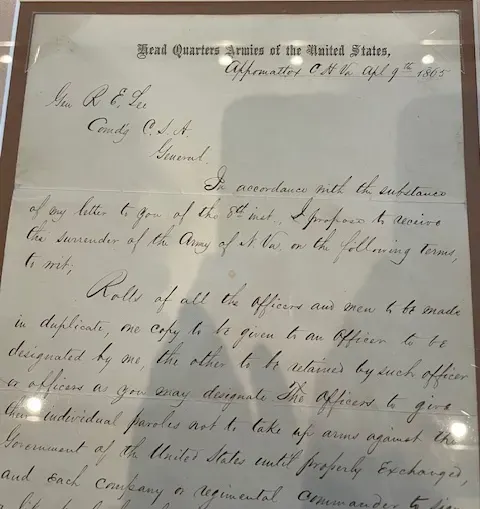
U.S. Grant letter to R.E. Lee- terms of surrender, Stratford Hall
Do you want to support continuation of this free blog? Use my online tip jar and buy me a coffee:

There is a huge practical disclaimer to the content on this blog, which is my way of sharing my excitement and basically journaling online.
1) I am not a historian nor an expert. I will let you know I’m relaying the information as I understand and interpret it. The employees of Colonial Williamsburg base their presentations, work, and responses on historical documents and mainly primary sources.
2) I will update for accuracy as history is constant learning. If you have a question about accuracy, please ask me! I will get the answer from the best source I can find.
3) Photo credit to me, Daphne Reznik, for all photos in this post, unless otherwise credited! All photos are personal photos taken in public access locations or with specific permission.
